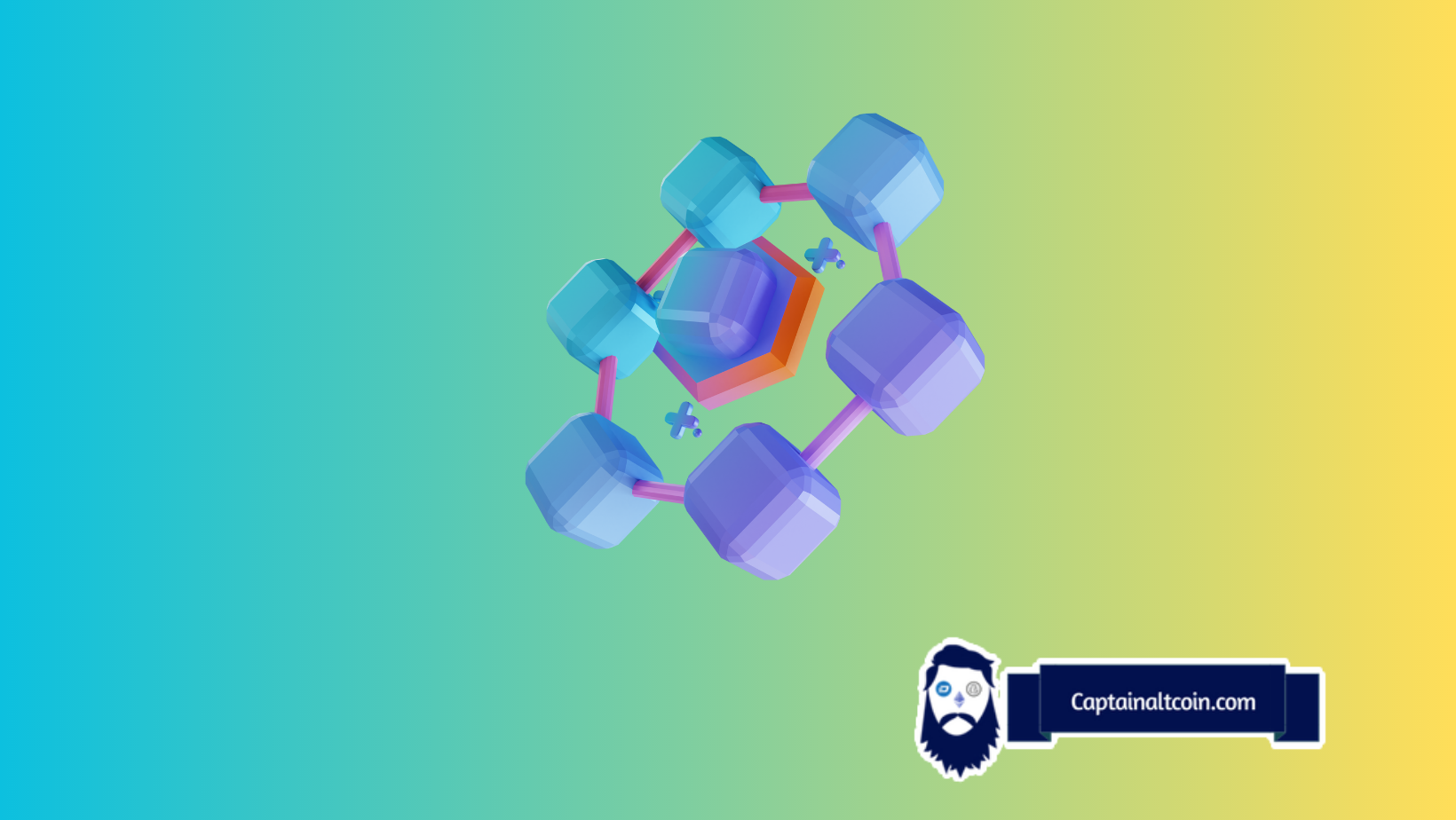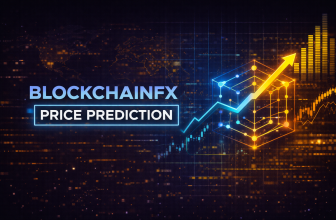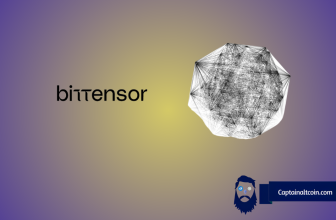
You’ve got two of the most revolutionary technologies of the decade battling for the spotlight. That of course is blockchain and AI. Both have been called “revolutionary.” Both are backed by piles of VC money, marketing fluff, and Medium posts written by people who’ve never shipped a product. But now that the hype cycle is spinning down a bit, the conversation is shifting from “what can they do” to “what can they actually do together?” And more specifically, who needs who more?
AI is on fire. It powers chatbots, writes marketing copy, analyzes data in seconds, and keeps attracting talent and headlines without breaking a sweat. Blockchain, by contrast, had its heyday during the crypto boom, stumbled through the NFT hangover, and now leans on AI’s success to stay in the conversation. Still, blockchain brings something AI sorely lacks. Transparency.
AI models often operate as black boxes that are useful, but inscrutable. If algorithms are making decisions that affect loans, medical diagnoses, or legal judgments, we need a record of how they arrived there. But there’s a snag. Blockchains aren’t exactly built for handling massive AI workloads. Scalability issues, high fees, and slow transaction speeds mean you can’t realistically run large language models on-chain today. That limits how much blockchain can help AI in practice, at least for now. So who needs who more? Blockchain to rely on AI to maintain relevance and show real-world use, or AI to rely on blockchain’s accountability to gain trust and meet regulatory demands? Or something entirely different?

What you'll learn 👉
The trust problem: Why AI might need blockchain
AI is fast, powerful, and increasingly involved in decisions that used to require a human. But there’s a major issue hiding under all the demos and hype: no one really knows what it’s doing half the time. Ask a generative model why it gave you a certain answer, and you’ll either get a vague explanation or total nonsense dressed up as logic. It’s not lying. It just doesn’t have memory or reasoning in the way humans do. It identifies patterns and predicts what comes next. That’s its entire job. It doesn’t know why.
This is fine when you’re asking for a pizza recipe or getting help rewording an email. But when models start touching high-stakes areas like medical diagnostics, loan approvals, legal advice or hiring decisions, you need something more than vibes. Right now, AI doesn’t offer that. It just moves fast. Blockchain, boring as it might seem compared to AI’s flashiness, can help fix that. At its core, it’s a decentralized, tamper-proof log of transactions or events. In practice, that means you can use it to track when a model was trained, what data was used, which weights were updated, and what decisions were made at each stage. No hand-waving. Just verifiable timestamps and records.
In regulated industries like healthcare, finance, or government services, this isn’t optional. Audits happen. Lawsuits happen. Public trust matters. And saying, “Well, our model just sort of guessed” isn’t going to fly in a courtroom. But even less “sensitive” niches would benefit from these features. Think of AI companions and services like Candy AI. These are really hot right now. A next billion dollar industry they say. All those virtual conversations live somewhere. Well, imagine if instead of all that data being siloed on one company’s servers, your conversations were encrypted and stored across a decentralized network. You could own your data. You could literally own your AI companion (if that’s even ethical).
That’s the blockchain pitch here: data ownership and portability. With blockchain, you could log every major action an AI system takes, all written to a ledger no single party can rewrite. That’s radical transparency. And in a world where AI models are making more decisions, faster, with less human oversight, that level of accountability might be the only way people continue to trust the results. There’s also the data provenance issue. AI models are trained on mountains of data, but the origin of that data is often a mystery. Blockchain could help track which datasets were used, how they were obtained, whether consent was given, and under what license. This matters not just for ethics, but for intellectual property and compliance.
And then there’s also the issue of content authentication. As AI-generated media floods the internet, knowing what’s real is about to get a lot harder. One proposed solution is cryptographic watermarking or blockchain-based registries that verify the origin of content and tag what was generated by a model versus a human.
The relevance problem: Why blockchain is grabbing AI’s coattails
Blockchain was supposed to change everything. Finance, governance, ownership, trust, you pick your buzzword. And for a while, it looked like it might. Bitcoin proved you could build money without banks. Ethereum opened the door to smart contracts and programmable assets. Then came the boom. ICOs. DeFi. NFTs. JPEGs that sold for six figures. Discords full of people calling each other “anon.”
But hype has a half-life. And in blockchain’s case, it decayed fast. Regulation clamped down. Scams piled up. Gas fees made simple transactions feel like a luxury service. And the average user began to ask: what does any of this actually do?
The answers weren’t always convincing. Outside of hardcore crypto communities and niche DeFi use cases, blockchain hasn’t found its killer app. And as the momentum slowed, the tech world’s attention shifted to AI. AI is having the same moment blockchain had in 2017, except it’s not fueled by speculative tokens but by working products. AI writes code, makes images, summarizes legal contracts, composes music, chats like a human (sometimes better than one), and, crucially, gets adopted by people who don’t care about the backend. It’s useful. Instantly.
That’s the bar blockchain never quite cleared. So what do you do when your technology is no longer the shiny thing on stage? You walk over to the new star, tap it on the shoulder, and ask if you can collaborate. Blockchain is now heavily courting AI. “AI + Web3” is the new slide deck combo. Startups that previously pitched DeFi tools are now “AI-powered infrastructure plays.” And, yes, a dozen projects are working on AI companions stored “on-chain” because that’s somehow a feature now. The idea is simple: by attaching itself to AI, blockchain can ride the wave back into relevance. There’s even a narrative “AI needs transparency, and blockchain can provide it”. Which is true, in theory. But in practice, many of these integrations are duct tape on a PR strategy. They sound great in a podcast clip, but few are shipping anything meaningful yet.
AI needs blockchain more than blockchain needs AI
That’s our humble opinion. For all its potential, AI has a fundamental weakness, It doesn’t know what’s true. It’s great at generating language, content, and even entire personas, but it has no mechanism for fact-checking, source validation, or accountability. It mimics. It predicts. It outputs. And that’s the problem. We’re already seeing the consequences. According to a study by Europol, AI-generated disinformation is projected to contribute to 90% of all online content in the next few years. Meanwhile, OpenAI itself warns that its own models can be used to mass-produce fake news at a scale no human operation could ever pull off. Generative AI can write hundreds of believable articles a day, complete with citations that sound real but don’t exist. Search engines, social media feeds, and eve
n trusted news outlets are getting flooded with synthetic content. The signal-to-noise ratio is collapsing. If everything looks polished and well-written, how do you know what’s real?
This is where blockchain matters. By using blockchain to timestamp and verify content, authorship, and data provenance, we can at least start rebuilding a chain of trust. Blockchain won’t fix hallucination in models or stop bad actors from generating nonsense, but it can create a system where verified information carries some sort of digital signature. A content registry, a transparent audit trail, a way to prove something wasn’t just invented by an algorithm two minutes ago.
For AI to be reliable at scale, especially in domains like journalism, education, public policy, or science, it needs infrastructure that can track origins, version histories, and credibility. Blockchain offers that infrastructure. So while blockchain may need AI to stay in the spotlight, AI needs blockchain to stay believable. One keeps the lights on. The other keeps the lights honest. And in a world drowning in machine-generated content, that might end up being the more important job.
Disclaimer: CaptainAltcoin does not endorse investing in any project mentioned in this article. Exercise caution and do thorough research before investing your money. We advise readers to do their own thorough research before interacting with any featured companies. The information provided is not financial or legal advice. Neither CaptainAltcoin nor any third party recommends buying or selling any financial products. Investing in crypto assets is high-risk; consider the potential for loss. Any investment decisions made based on this content are at the sole risk of the reader. CaptainAltcoin is not liable for any damages or losses from using or relying on this content.







